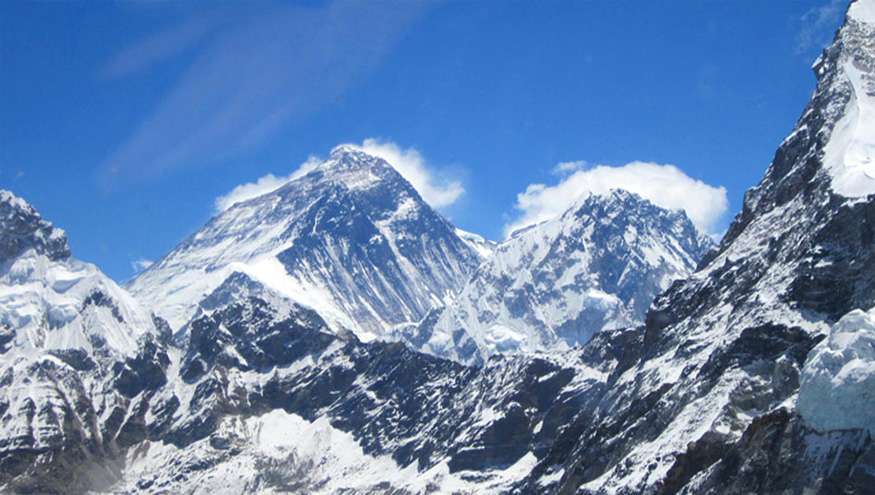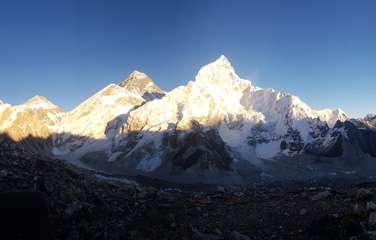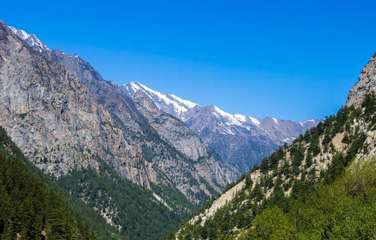Useful Information
Rolwaling Trek route
Rolwaling Valley Trek begins with a scenic drive from Kathmandu to Shigati via Dolakha. From Shigati, you begin trekking through beautiful villages like Simi Gaon, Beding, and Na Gaon, enjoying enchanting views of the Himalayan mountains. The trail from Na Gaon takes you to stunning Tsho Rolpa Lake and ascends to Tashi Lapcha Pass. Further, you will continue climbing to the summit of Pachermo Peak and join the Khumbu region. Trekking through Thame, you descend through lush rhododendron forest to reach Namche Bazar. The trail steeply descends through dense forest, crossing numerous streams and ascends to Lukla.
Rolwaling Trek difficulty & Altitude Sickness
Rolwaling Trek is a strenuous trek. The journey requires previous trekking and climbing experience. You have to cross the challenging Tashi Lapcha Pass and walk on steep glaciers. The trail is tough and demands a professional guide who can help you complete the journey safely. You have to be physically fit with strong determination and will power.
Rolwaling Valley Trekking takes you above 5,000 meters, which means the risk of high altitude sickness. However, we have designed our Rolwaling Valley Trek itinerary, adding ample rest days and a constant increase in elevation, which reduces the chance of altitude sickness. You will be assisted by a very experienced guide who will make sure you are not having any kind of difficulty during the trek.
Best time to go on Rolwaling Trek
The best time to go on Tashi Lapcha Pass Trek is during spring and autumn. March to April and September to November are the months of these two seasons. These are the peak time to traverse in the Himalayas and especially in the Rolwaling region. The weather is mostly stable, with a pleasant climate, bright sky, and clear views.
Accommodation & Meals
The accommodation during Rolwaling Trek involves a combination of teahouse and camping. Teahouses in the Rolwaling region are very basic compared to the teahouses in the Khumbu region. The services are very limited to shared rooms and a common washroom. Likewise, during camping, all the tents and equipment will be carried by our crew members. You will get high-quality sleeping tents and shared dining & washroom tents.
Meals are served as per the menu of the teahouse. The menu usually does not have fixed dishes. You can expect to get dal bhat, veggies, eggs, soup, thukpa, noodles, momos, bread, pudding, porridge, etc. In Namche Bazar, you can find continental dishes. Likewise, while climbing the meals will be cooked by our trained crew members. We offer varieties of dishes to make sure you are eating nutritious and delicious meals.
Communication & Electricity
As you will be traveling in a very remote area of the Himalayas, the locals mostly depend on solar power. You will see both hydropower and solar power in different villages. The charging facilities might not be available everywhere, therefore we highly suggest you carry extra batteries with yourself.
The cellular network is likewise not good at the high and isolated points. Do not depend on the cellular network either. However, villages at the lower elevation do offer WiFi service. The team carries a satellite phone with them to make sure the group is always connected with the base team in the city.
Travel Insurance
Trekking in the Rolwaling region involves many unseen circumstances that can ruin the trek or might hurt you in the worst case. Therefore, travel insurance is very important to go on this trek. Your travel insurance must cover things like air evacuation, medical bills, hospital bills, flight cancellation, and loss or theft of personal property.
Guide & Porter
You will be guided by our professional and expert guide and porters during the Rolwaling Valley Trekking. The guides who work with us have numerous years of expertise and mapped many remote and challenging parts of the Himalayas, including the Rolwaling region. The crew we assign you will make sure you are enjoying every moment of the journey and keep you safe & sound until the end of the trip.
Environmental Contribution
While trekking or climbing, we make sure that our presence does not harm the fragile nature in any way. We have tested and adopted many measures over the years that help us to run eco-friendly journeys in the Himalayas. Not only this, we also run a small organization that funds education for the children from underprivileged mountain families.





